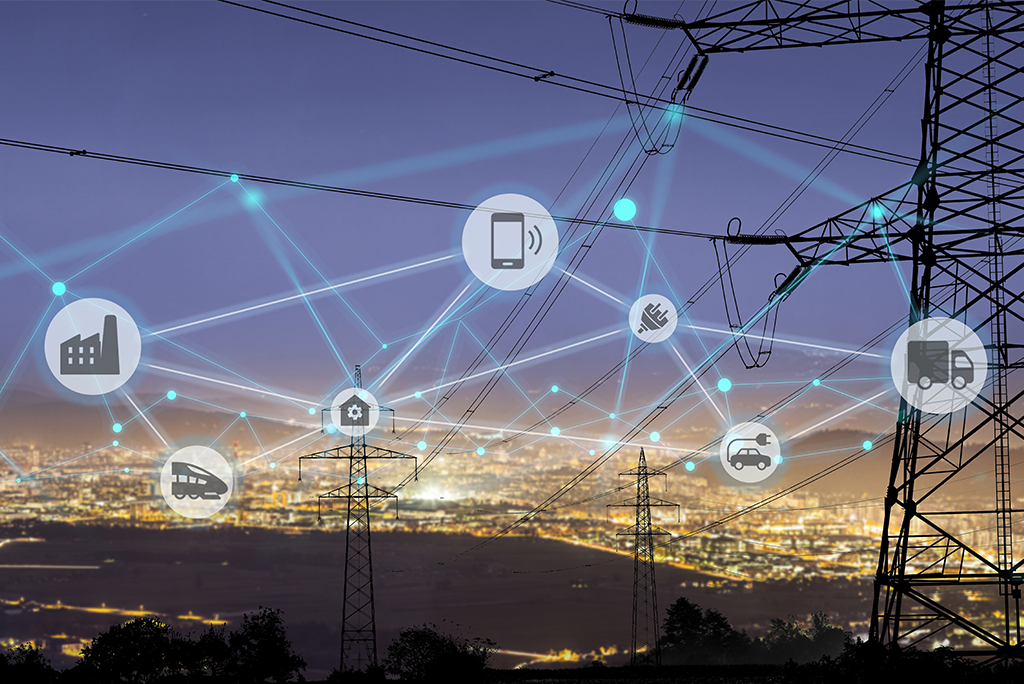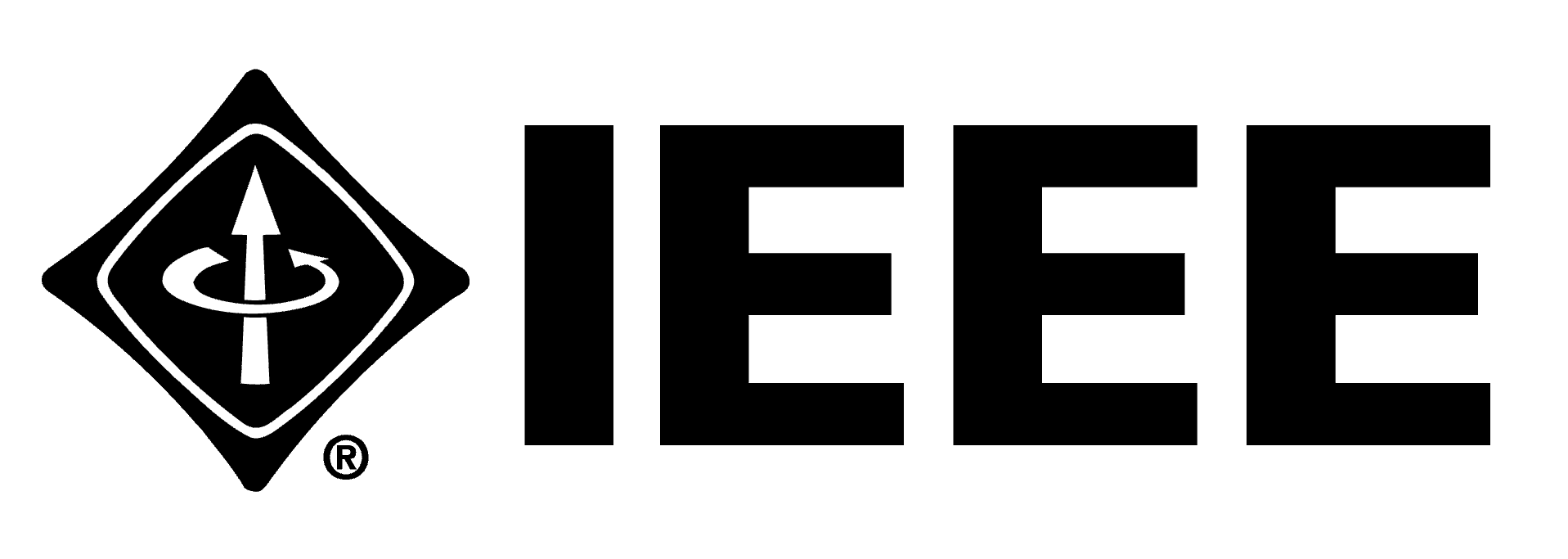
Today’s modern smart grid connects a variety of distributed energy resource assets to the power grid. This creates a diverse and disparate system, which both individuals and power companies can impact, with enormous benefits. Distributed energy collection assets (such as solar panels) are essential to increase the use of green energy, which helps the environment and can reduce costs. Furthermore, consumers have greater insight into their energy usage through modern smart grid technology, allowing them to better conserve energy.
However, an individual’s increased access to the grid can jeopardize the security of the entire system.
Consumers Putting the Smart Grid at Risk?
Because they are often installed and controlled by the consumer, distributed energy resources can put the power grid as a whole at risk. For example, consumers who do not properly secure their devices and/or networks are prime targets for attack. If there are enough compromised devices on a smart grid, bad actors can destabilize the power system and cause significant damage.
Efforts to Increase and Standardize Smart Grid Security
There are efforts underway to increase the security of the smart grid in order to harness the benefits while avoiding the security pitfalls. For example, the European Network for Cyber Security (ENCS) and the European Distribution System Operators’ Association (E.DSO) recently released suggested cyber-security requirements for smart meters (SM) and data concentrators (DC). These guidelines help network operators choose SMs and DCs that enhance security of the smart grid. By creating a consistent set of requirements, smart grids across Europe have a built-in baseline of security.
Planning a Secure Smart Grid
In order to avoid catastrophic results, today’s smart grid operator needs to have a plan in place that accounts for security.
As Ed Wood, CEO of Dispersive Networks, writes in SC Magazine, “Attack-resilient, secure virtual IP networks can be designed and rolled out, which will enable utilities to ensure a more secure overall grid. Advanced virtual networking software that offers the highest level of security is available today and can be integrated directly into Distributed Energy Resource assets, enabling them to ‘plug-n-play’ into ultra-resilient virtual cloud networks. Leveraging the processing and memory of these devices and the public Internet is essential to lowering costs.”
This tactic can help secure the smart grid while taking advantage of the environmental and cost-saving benefits of distributed energy resources.
Modernizing the Smart Grid from IEEE
Want to learn more about the smart grid? Check out Modernizing the Smart Grid, a new 4-course online learning program from IEEE.
One of the biggest frontiers in electrical engineering today is the development and implementation of smart grid technology. Fueled by the global demand for greener technologies and alternative fuels, environmentally-friendly smart grid technology can stimulate stagnated economies. It also has the potential to change the way power is delivered to electricity consumers around the world.
Modernizing the Smart Grid, now available on the IEEE Learning Network, is designed to get you and your team up to speed quickly on the latest smart grid technologies. Interested in bulk discounts for your organization? Contact us today, and we’ll put you in touch with an IEEE Account Specialist.
Resources:
Wood, Ed. (18 Jul 2019). How Securing DER Smart Grids Differs from Securing Traditional Energy Grids, and Why it Matters. SC Magazine.
SmartCitiesWorld News Team. (23 Jul 2019). Europe seeks to harmonise smart grid security requirements. SmartCitiesWorld.


No comments yet.